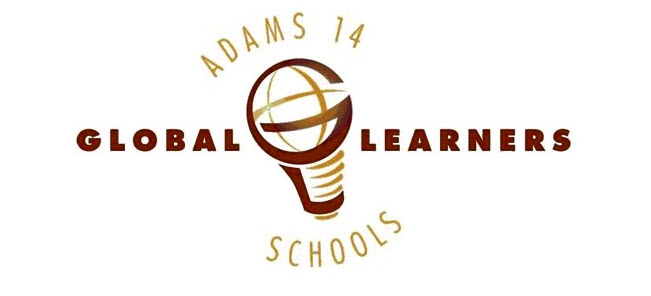 I'm confused. I need your help and suggestions.....
I'm confused. I need your help and suggestions.....Now that the HS science department is implementing a daily pacing guide correlated to glets, how can I justify time in class having my students collaborate with students in other grade levels?
If my students and I are investigating the structure of DNA, how can I in real-time collaborate with Kristen's or Emily's MS science classes who have their own pacing guide and are on different topics?
You might suggest that we collaborate on general topics such as the scientific method but then we (teachers) will he held accountable for not being in the correct place on the pacing guide\ at the correct time.
I am trained as a global learner but the structuring of the daily lesson plans (6 pages in length) and the daily pacing guide does not appear to allow me to promote 21st C collaboration between classrooms.
For example: .....If it is Tuesday, my students need to be discussing the double helix nature of DNA, not live blogging with Kristen's or Emily's kids about how science has improved the quality of life.....
I'm not complaining (well kind of... ;)
I am all for restructuring and appreciate many of the approaches that ACSD14 has embraced.
But how do I rectify this apparent discrepancy?
Your suggestions are / would be appreciated.
Doug....
PS I am also an IB MYP / DP teacher and am wondering about how the dailly pacing guide as per the glets will give me flexibility in content delivery to implement the special attributes of IB science and technology?
I suppose that is another conversation for another day.


3 comments:
Hi, Doug. This is another dilemma facing ACSD 14 teachers now. I am actually wondering if the curriculum/instruction directors should start something online where teachers can ask permission to veer off the guide for collaboration purposes or IB purposes or other valid purposes. Because, really, what is being asked to happen is that all other things (IB, AVID, collaboration, etc.) are being subordinated as the pacing guide reigns supreme. I realize that this comment does not solve the problem...but I do believe that 21st C. tools can enhance the communication between teachers and the ad building. However, I am not sure that communication is really what is desired here...
Emily, I agree... Perhaps Joe Miller can weigh in on this....
Doug/Emily,
I really have been thinking hard about this issue, not just dodging the issue. Here are my thoughts. We value collaboration that results in all engaging and appropriate lessons for all students. We believe that collaboration between teachers, even those in different grades and schools, will benefit Adams 14 students. In fact, that is part of the premise of the Global Learners project, that we can use modern tools to "reach" each other and make our jobs easier.
First, I think I would start with a conversation with the administration and point out that students are in fact able to demonstrate scientific thinking in greater depth following a collaboratibe lesson between middle school and high school science classes. Scientific reasoning is the most highly tested standard on the CSAP. Second, I would consider integrating nonfiction writing standards. We know that students in Adams 14 need more exposure to and experience writing for their content. Create a rubric or a set of expectations for participating in a discussion between classes. Tie these directly to grade-level appropriate writing standards. This task should be relatively easy to do. Third, when students "teach" they are deeveloping or demonstrating deeper understanding of content. Make sure to use effective guiding questions that align with the learning objective for the day (http://www.christina.k12.de.us/techlearn/tools/Bloom'sTaxonomy.htm). Fourth, keep an eye out for those opportunities where the content between classes crosses. This may mean looking ahead a few months. Fifth, create collaborative projects that are worked on in chunks (commenting on class blogs, a wiki of definitions or the like, commenting on voicethreads). Students can engage in these projects when they have completed the lab or writeup. Kind of like what the elementary schools call "centers".
I am reading this book by Tim Brown called "Change by Design." One of the things he says is that no matter what innovation we are trying to create there are always constraints. Understanding those constraints and working within them is the key to really great design. I know you will be able to design really amazing projects and collaborations despite the constraints.
Joe
Post a Comment